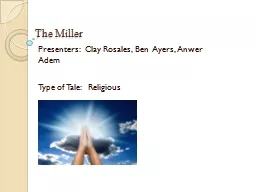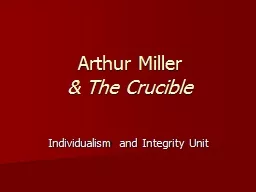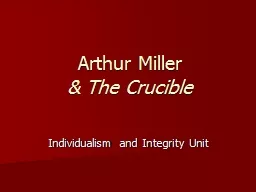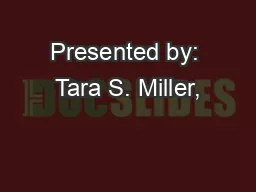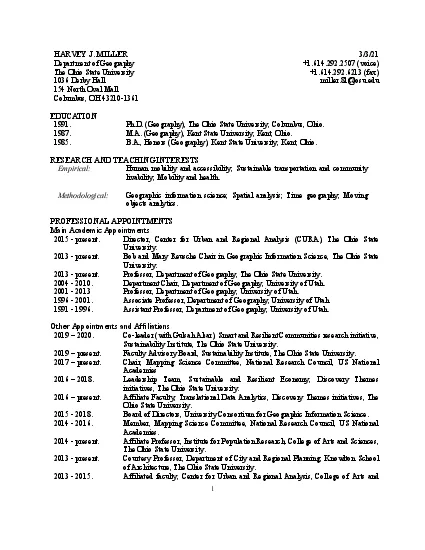PPT-WELCOME Chen Miller is an Extraordinary Teacher
Author : alida-meadow | Published Date : 2018-03-10
Kids do hear and feel what we say They tell us who makes them feel badly and who makes them feel good What are your take aways How do you want your students to
Presentation Embed Code
Download Presentation
Download Presentation The PPT/PDF document "WELCOME Chen Miller is an Extraordinary ..." is the property of its rightful owner. Permission is granted to download and print the materials on this website for personal, non-commercial use only, and to display it on your personal computer provided you do not modify the materials and that you retain all copyright notices contained in the materials. By downloading content from our website, you accept the terms of this agreement.
WELCOME Chen Miller is an Extraordinary Teacher: Transcript
Download Rules Of Document
"WELCOME Chen Miller is an Extraordinary Teacher"The content belongs to its owner. You may download and print it for personal use, without modification, and keep all copyright notices. By downloading, you agree to these terms.
Related Documents



